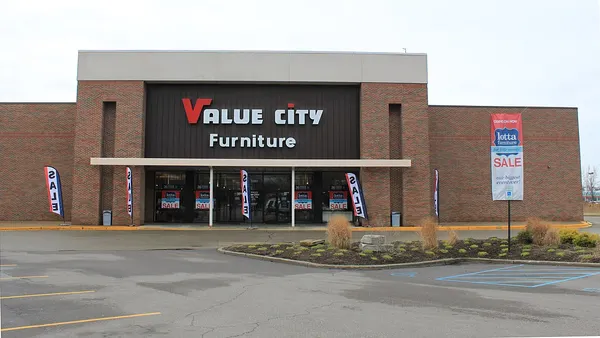Streetcars were a mainstay of urban life in 19th century America, with many systems stretching hundreds of miles. Once an extensive reality, these efficient transportation networks spurred and supported economic development in various cities. And although cars and buses began undermining the streetcar infrastructure in the 1930s, today cities are rediscovering their economic benefit, retail businesses included.
The comeback of streetcars
Beginning with horse-drawn lines in 1860, these systems began to evolve into electric trolley lines by the late 19th century. Streetcars brought farmers and other merchants into cities for business, carting busy people to various stops for work, entertainment, and shopping. But by the mid-20th century, streetcars and trolleys seemed largely relegated to history, tourist attractions, or Europe.
Perhaps the tide is changing once again. In the last decade, streetcar systems of different scales in North American cities—from Portland, Ore., to Providence, R.I.—are helping those communities spark economic development, enable foot traffic and livability in urban neighborhoods, and grapple with traffic and parking issues. This transit-oriented development, or TOD, is a growing form of economic investment; some two dozen cities are constructing or have planned streetcar projects in the next few years.
Many of the areas include historic buildings that have benefited from the neglect of the late 20th century; they are often available at low prices and have the historic details that bring many of these neighborhoods their flair. At least, once they are spiffed up.
The urbanization of America
The latest United States Census found that the country’s urban population increased 12.1% from 2000 to 2010, outpacing our overall growth rate of 9.7% in that time. The $3-plus price for a gallon of gasoline that sprouted during President George W. Bush’s tenure was thought to be a passing casualty of the Iraq War, but prices have remained high. Transportation costs are making urban areas with public transit more appealing to more Americans. And more and more young people are opting to live and stay living in cities.
In fact, in some areas, it’s the suburbs that seem to be experiencing flight — or at least, people in their 30s and 40s who might seem ready to settle down (aka trade in the excitement of the city for the amenities of the suburbs) are increasingly staying put. While many suburban areas are taking steps to revitalize their own tiny downtowns, this trend could be one reason for the decline of the American mall.
How streetcars benefit retailers
Today’s development of urban streetcar systems are highly targeted to spur development in areas ripe for increases in density, and that includes new retail space. In Tucson, the streetcar system is expected to result in economic investments in housing and businesses worth more than four times its cost.
Portland, Ore. is probably the American city with the longest experience developing a streetcar system, at least in this century. Portland’s planning involved funding and input from affected businesses (including retailers) and major public policy shifts, like a purposeful reduction in parking space that would contribute to the use and success of the lines.
Transit oriented development does have its critics though. Some say that streetcar lines tend to be more expensive than traditional public transit expansions, and that they siphon transit funds from where they are needed more.
But it’s hard to argue with the success of many streetcar lines in revitalizing American downtowns. A few decades ago, Portland’s urban core had seen little new investment and was suffering from rising vacancies. Its streetcar system now brings some 50,000 passengers daily and enables the walkability of the city. Downtown Portland enjoys a reputation as a highly livable, walkable, and shoppable area.
Economically, the area is now thriving, with vacancy rates lower than in many of its suburban areas, and rising rents. Retailers of all types and sizes have set up shop, and more than $2 billion of investment in development has occurred there.
One of the latest cities looking to streetcars to help a once-decaying area is Washington DC’s H Street NE shopping district. The area has already seen gentrification after years of neglect, but what many newcomers or outsiders don’t realize is that H Street was once a bustling commercial center. City officials are banking billions of dollars that the trolley system being built there will further spur the area’s growth.
And private investors are sold, too, including Jim Abdo, who converted a late19th-century building into upscale condominiums, an early bet on the area’s rise.
“What light rail does for a retail corridor is it’s really a big multiplier,” Abdo told the New York Times.
Would you like to see more retail news like this in your inbox on a daily basis? Subscribe to our Retail Dive email newsletter! You may also want to read Retail Dive's look at the Heartbleed bug's impact on ecommerce.














